11. The Travelling Players (1975)
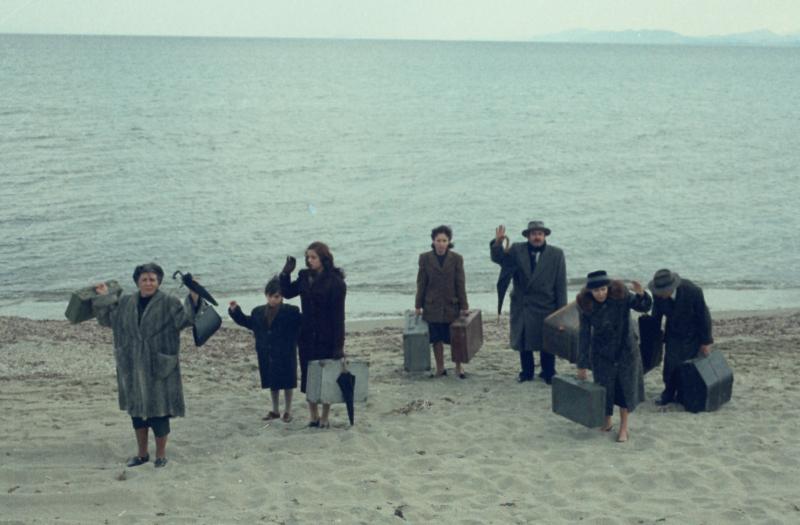
The third longest film featured on the list at almost 4 hours, auteur Theo Angelopoulos takes a methodical look at a theater troupe as they try to make a living during the 20th-century in Greece. Angelopoulos uses the players as windows into Greek life, simultaneously analyzing the ramifications of WW2 on the troupe and the country.
There is little shot variation throughout The Travelling Players because, again, just like other stylistic contemporaries, Angelopoulos refrains from any close ups.
This may be due to him trying to mimic what an audience member during a live performance would experience. In other words, he is treating the viewer as if they are actually watching the players perform live, where as it would be impossible to get any closer because you are in the audience. And it indeed all feels like an imitation of real theater.
12. Heart of Glass (1976)
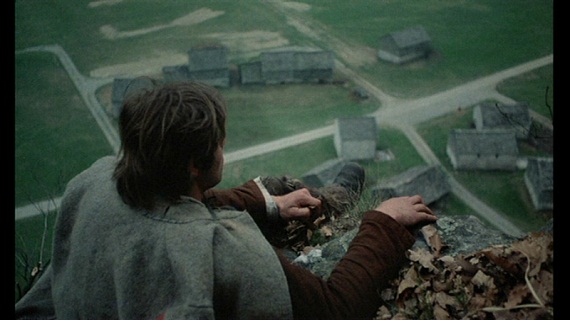
Herzog is probably at his most curious with Heart of Glass by using hypnosis. He hypnotized his cast, suggesting that there is a trance-like spell over the townspeople as a result of losing the ability to make the ruby glass. The glass supposedly has some magic properties, and without it everyone loses their minds.
Herzog continues with his themes of loss. Particularly the loss of one’s mental faculties. The reason he is at his most curious is because there may never be a film as deliberately paced as Heart of Glass in Herzog’s filmography (except for Fata Morgana) ever again. The opening landscape shots set up the film’s tone: mysterious and foreboding. Plus, similar landscape shots are used in Herzog’s remake of Nosferatu to evoke the same emotions.
13. Michael (2011)
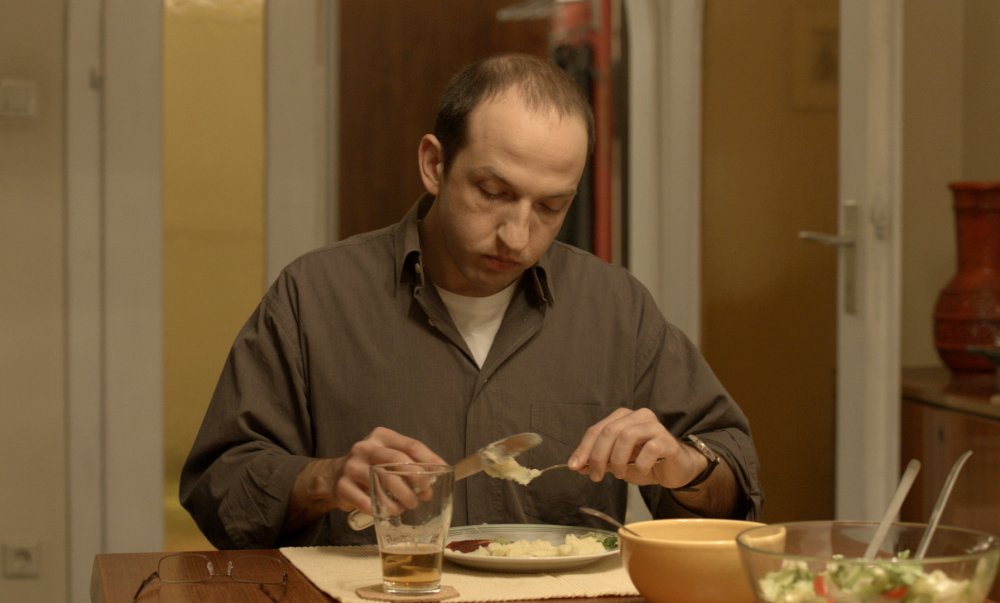
One of the best films of the decade about secrets, a man named Michael keeps a boy locked up in his basement whom he sexually abuses from time to time. However, when not hurting the kid, Michael lets him eat and watch TV in the house. The titular pedophile has very few friends outside of work. Not surprising as some pedophiles may have antisocial personality traits.
The film’s director, Marcus Schleinzer, takes an unbiased look at the situation from the offender’s viewpoint. Michael is without question a monster, he even tries abducting another kid, but thankfully that boy’s father yells his name out when he looks for him. But there is something honest here, no handholding or sugar coating. It feels natural, the spontaneous aura surrounding the film is heightened by the retarded pace. It is basically a very dark and morose slice-of-life film.
14. The Wind Will Carry Us (1999)
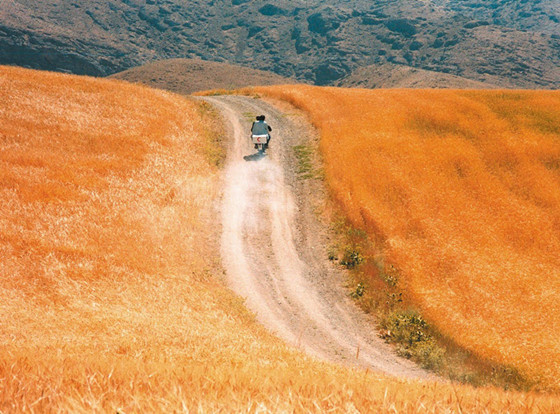
Kiarostami’s penchant for winding, snake-like roads and passages reaches its apex in this film about journalists documenting a death ritual of a small, rural village. The winding roads are practically endless, beginning at the edges of the frame and tapering off into the horizon.
The beginning of the film has the journalists lost when trying to locate the village. This is a metaphor for the insecurities that life holds as being directionless is an uneasy feeling. It also foreshadows a lack of control they have over their story because the death they are trying to document seems to be in limbo.
So now the trio are sauntering around the village, interacting with the inhabitants. Which also means that the journalists are forced to slow down (probably for the first time in their lives) with the villagers. A sublime existential journey.
15. Landscape Suicide (1987)
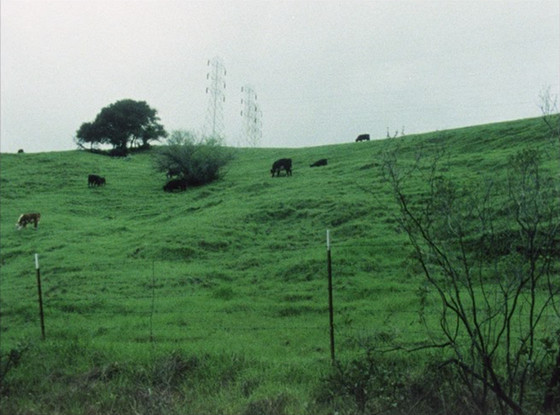
A nonfiction film with actors representing two unrelated murderers, Ed Gein and Bernadette Prott. Gein is a famous for killing women, using their flesh as masks, skulls for bowls and other assorted items. Prott simply killed a friend over an insult. The only thing these two people have in common is their criminal record. James Benning intercuts footage of nature and scenery with the dramatized interviews based on the court transcripts.
The juxtaposition of the interviews with the transitional footage is bewildering at first, but Benning has an idiosyncratic rhythm that takes awhile to get used to. However, once settled in Landscape Suicide is a rewarding and intuitive experience. Even the most experienced film watcher may need to mentally prepare themselves if they are not well versed in avant-garde cinema.
16. Damnation (1988)
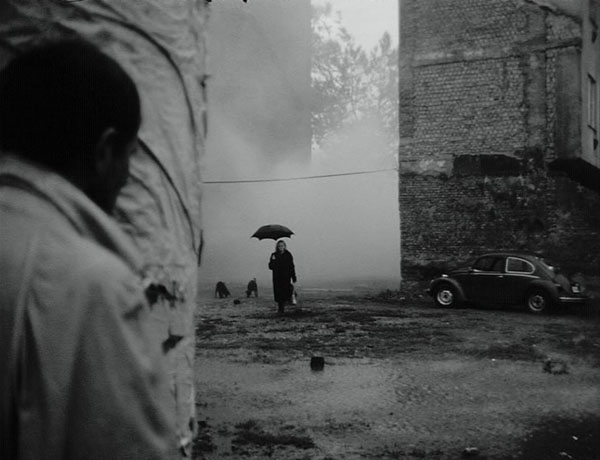
Not his best film, but it is Tarr’s final evolution as a filmmaker, a director who is disportionately lauded for his style as much as he is for his substance. Damnation is arguably the apotheosis of Béla Tarr’s technique, with his last four feature films adding slight variations to the formula. Another thing to note is that his average shot length doubles from his previous film, Autumn Almanac. However, if there is one consistency throughout some of Tarr’s films in the 1980s is that love plays a prominent role.
In it, a depressed man named Karrer has unrequited feelings for a married singer. She sings in a local bar called the Titanik, the name being allegorical as it alludes to the doomed fate of the RMS Titanic. Though what doomed fate present in Damnation, besides Karrer’s, is not very clear, however it may refer to society itself. The buildings are in as much despair as the characters are, the chiaroscuro dominating the film’s aesthetic makes it apparent that life here is all but desirable.
17. A Spell to Ward off the Darkness (2013)
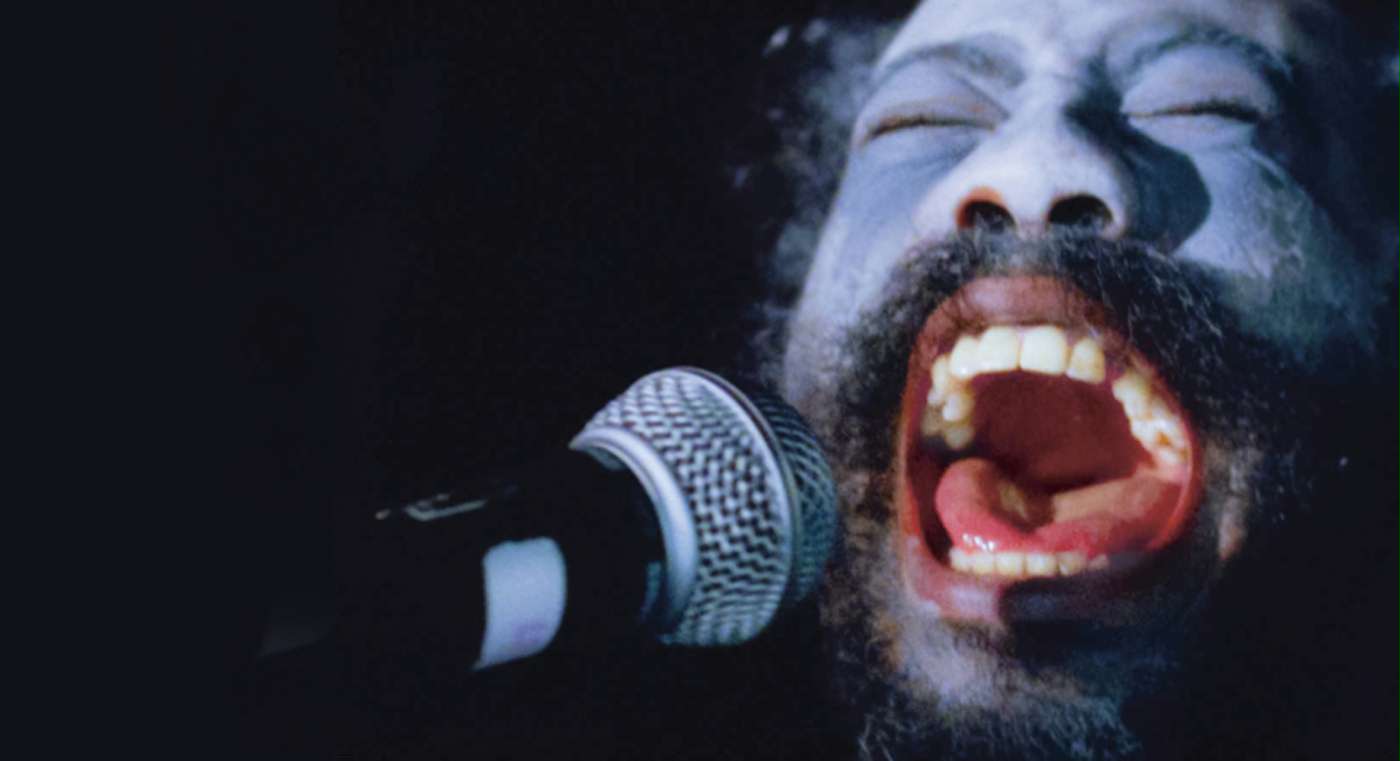
A triptych that documents three distinct locations: a small residency in Estonia, a forest in Finland and a metal performance in Norway. The first follows a commune with cinéma vérité like objectivity. Then transitions to a Finnish forest with a man living there, and finally goes to Oslo, Norway to document a metal band’s performance.
It is a purely hypnotic and cognitive piece of filmmaking. The final show is shot in one take as the camera slowly drifts through the crowd and up on stage and back down again. The music here is black metal, however it, at first, may sound distracting if one is not accustomed to the genre, but it is really trance inducing, even if he is screaming. The dichotomy of the rapid metal music with the slow, sauntering camera is oddly beautiful.
18. L’humanité (1999)

The only actual comedy on the list—if it even is one—hits like a semi-truck. Dumont spared no punches with L’humanité. What sounds like a typical police procedural about a cop with some implied mental health issues trying to solve the murder-rape of an 11 year-old girl is really psycho-sexual drama about our desires. Mostly of our desires of the carnal type.
The detective, Pharaon (Emmanuel Schotté), is leading the investigation but the horrific crime scene (shown in graphic detail) left him so disturbed that it has seemingly drained all humanity out of him. The camerawork here moves minimally, it is as animated as the investigation itself – which is hardly going anywhere. The performance by Emmanuel Schotté share characteristics of Robert Bresson’s protagonists – wooden, hollow on the inside, and meandering around with etherized countenances.
19. Platform (2000)

This is one of the best films about the end of the cultural revolution in China. In fact, one of posters for Platform has Mao Zedong upside down as a metaphor for the rejection or end of an this era. Similar to The Travelling Players, Platform follows a performance group that endures major societal changes, altering many aspects of their personal lives.
Like how the Mao Zedong poster implies, the group plays state approved shows, but as time progresses they eventually start playing rock music, subtly subverting the dominance of the party. Although most of the movie is about the relationships of most of the characters. On the surface it is a simple film, but that overt simplicity creates some of the most enduring moments of the film. Such as when the town gets electricity, their enthusiasm is poignant—radiant, even.
20. Evolution of a Filipino Family (2004)
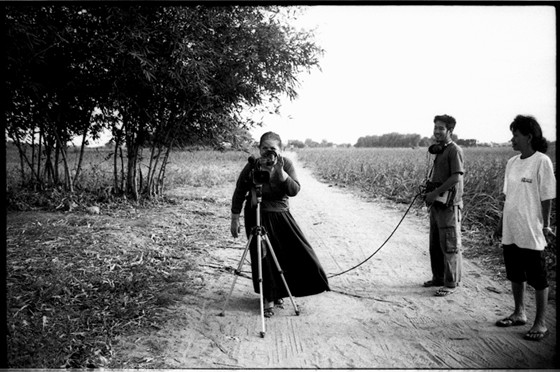
It took more than ten years to make Evolution of a Filipino Family, and the film’s director, Lav Diaz, is famous for conceiving some of the longest narrative films of all time. This behemoth runs at 10½ hours making it his longest film to date, and, of course, the longest film on the list. It tackles social issues of the Philippines during the late 1970s and 1980s. And the family itself is a symbolic amalgamation of the country during that time.
During the course of the film the family goes through many changes. They are swept up in a radio soap opera that everyone seems to be obsessed with. Part of the clan pans for gold while the scorching sun blares down on them. The fidelity of the film’s photography is spliced with digital footage and film.
This jarring effect adds to the personality of the movie, making it stand out from other black and white glacial films (i.e. Satantango). The entire film is composed of medium long shots as to not lose any honesty, keeping film grammar from overriding the inherent truth that resides in sequence shots.
Author Bio: Dajoune Rogers is a college student in Sacremento, California majoring in Film. He spends most of his free time reading and watching at least 3 films a day. He has an active a micro-blog on Instagram, @film_literacy.